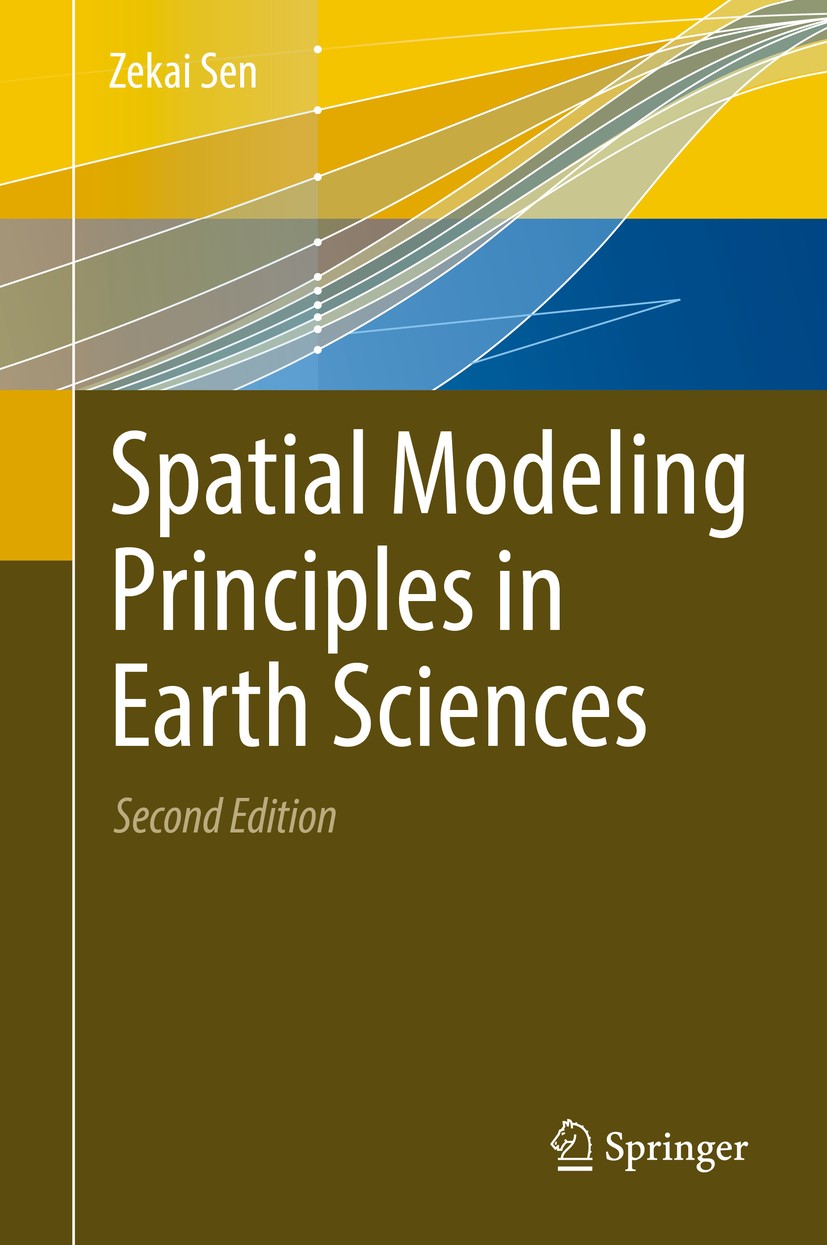| 书目名称 | Spatial Modeling Principles in Earth Sciences | | 编辑 | Zekai Sen | | 视频video | http://file.papertrans.cn/874/873530/873530.mp4 | | 概述 | Second edition with new chapters on temporal and point uncertainty modeling, sampling and deterministic modeling.Examines spatial probablistic, statistical and stochastic techniques.Brings together in | | 图书封面 |  | | 描述 | .This is a revised and updated second edition, including new chapters on temporal and point uncertainty model, as well as on sampling and deterministic modeling. It is a comprehensive presentation of spatial modeling techniques used in the earth sciences, outlining original techniques developed by the author. Data collection in the earth sciences is difficult and expensive, but simple, rational and logical approaches help the reader to appreciate the fundamentals of advanced methodologies. It requires special care to gather accurate geological, hydrogeological, meteorological and .hydrological. information all with risk assessments. Spatial simulation methodologies in the earth sciences are essential, then, if we want to understand the variability in features such as fracture frequencies, rock quality, and grain size distribution in rock and porous media. This book outlines in a detailed yet accessible way the main spatial modeling techniques, in particular the Kriging methodology. It also presents many unique physical approaches, field cases, and sample interpretations..Since Kriging’s origin in the 1960s it has been developed into a number of new methods such as cumulative SV (CS | | 出版日期 | Book 2016Latest edition | | 关键词 | Geostatistical Analysis; Kriging; Prediction Methods; Spatial Dependence; Spatial Simulation; Spatial Var | | 版次 | 2 | | doi | https://doi.org/10.1007/978-3-319-41758-5 | | isbn_softcover | 978-3-319-82421-5 | | isbn_ebook | 978-3-319-41758-5 | | copyright | Springer International Publishing Switzerland 2016 |
The information of publication is updating

|
|
 |Archiver|手机版|小黑屋|
派博传思国际
( 京公网安备110108008328)
GMT+8, 2025-12-17 22:04
|Archiver|手机版|小黑屋|
派博传思国际
( 京公网安备110108008328)
GMT+8, 2025-12-17 22:04


